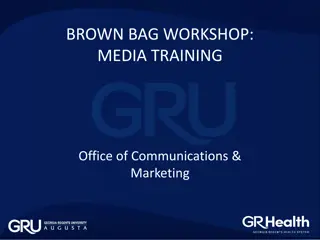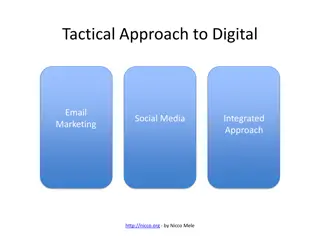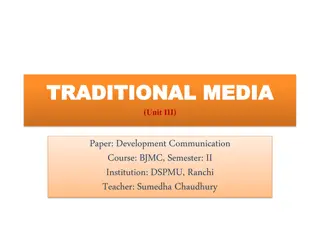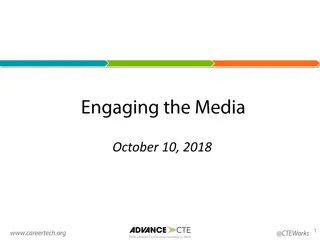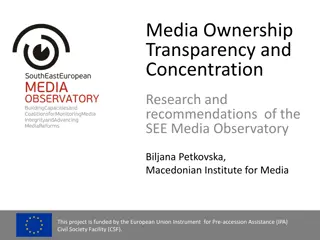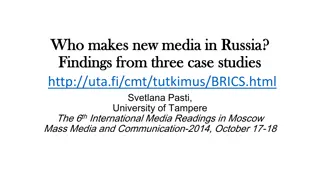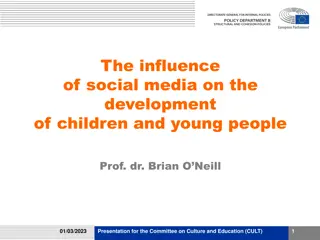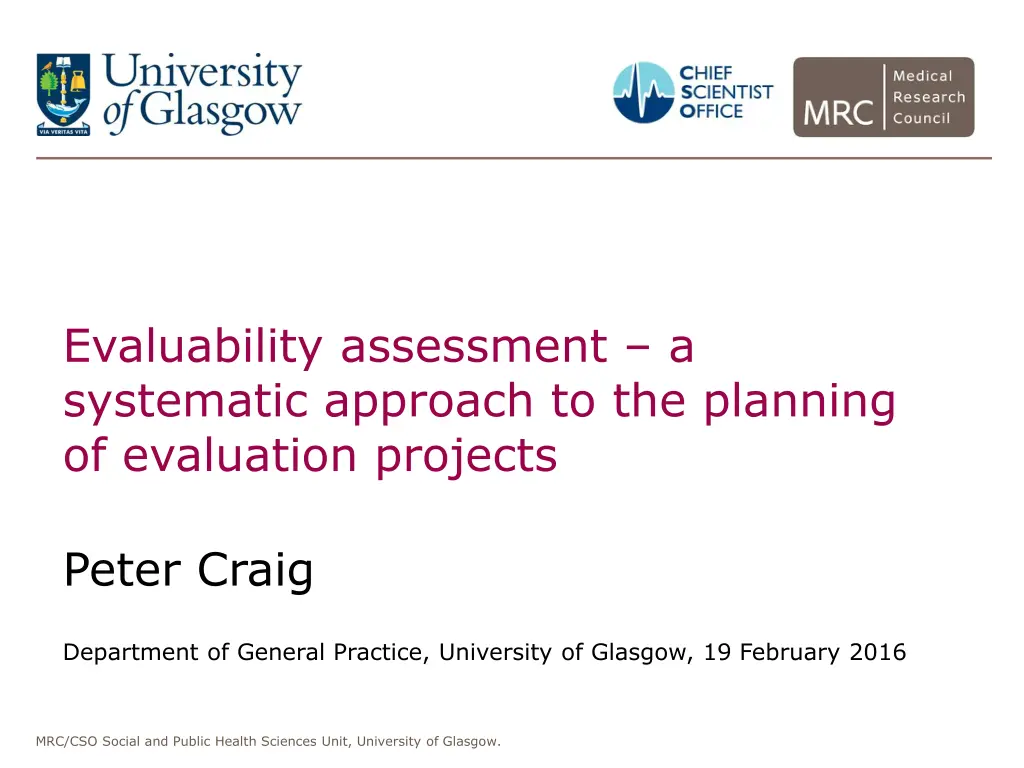
Evaluability Assessment: A Systematic Approach to Evaluation Planning
Learn about Evaluability Assessment (EA) as a systematic method to plan evaluation projects, engage stakeholders, clarify goals, and assess the feasibility of evaluations before committing extensive resources. Discover how EA has been used, its benefits, and the process involved.
Download Presentation

Please find below an Image/Link to download the presentation.
The content on the website is provided AS IS for your information and personal use only. It may not be sold, licensed, or shared on other websites without obtaining consent from the author. If you encounter any issues during the download, it is possible that the publisher has removed the file from their server.
You are allowed to download the files provided on this website for personal or commercial use, subject to the condition that they are used lawfully. All files are the property of their respective owners.
The content on the website is provided AS IS for your information and personal use only. It may not be sold, licensed, or shared on other websites without obtaining consent from the author.
E N D










